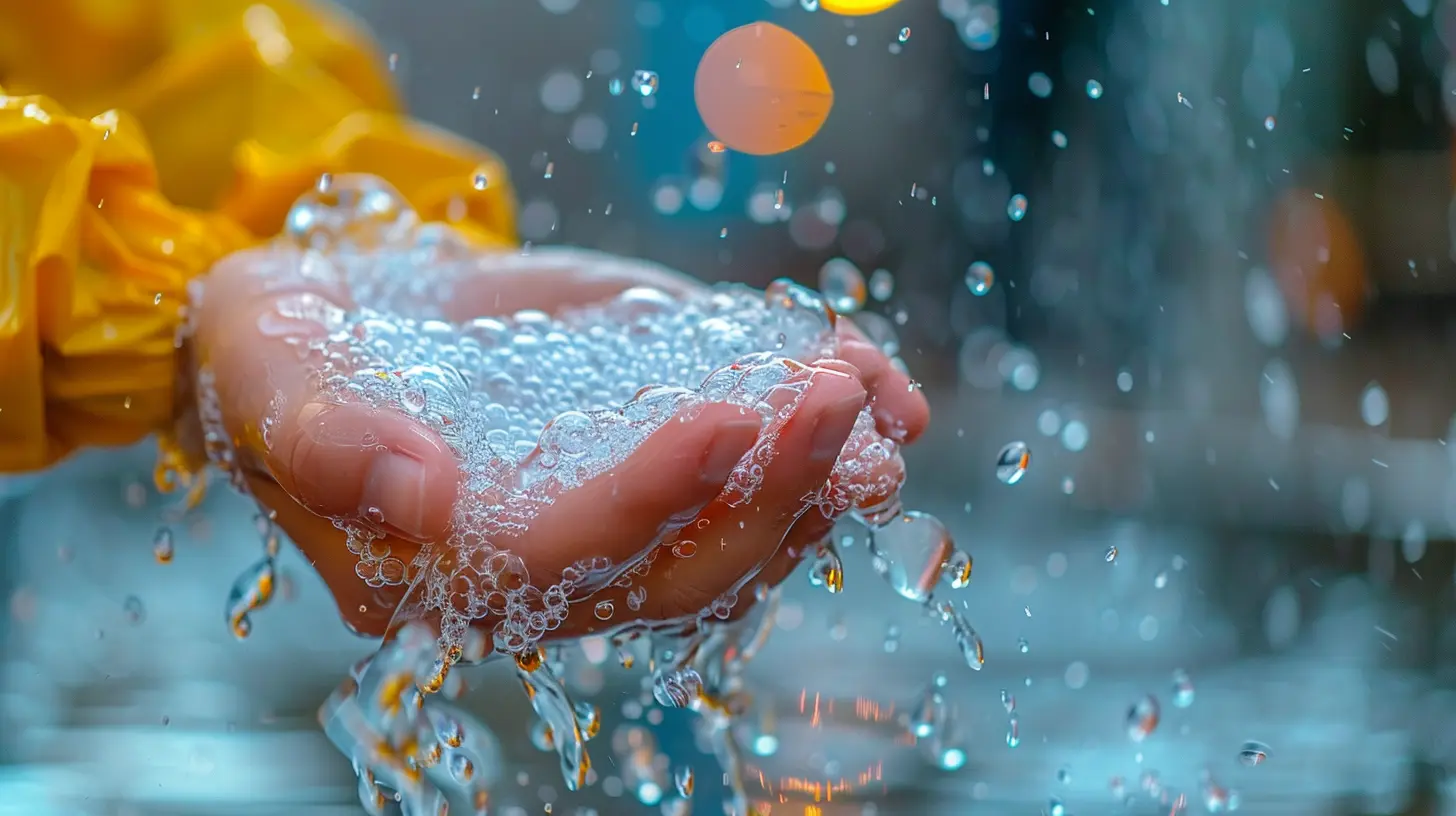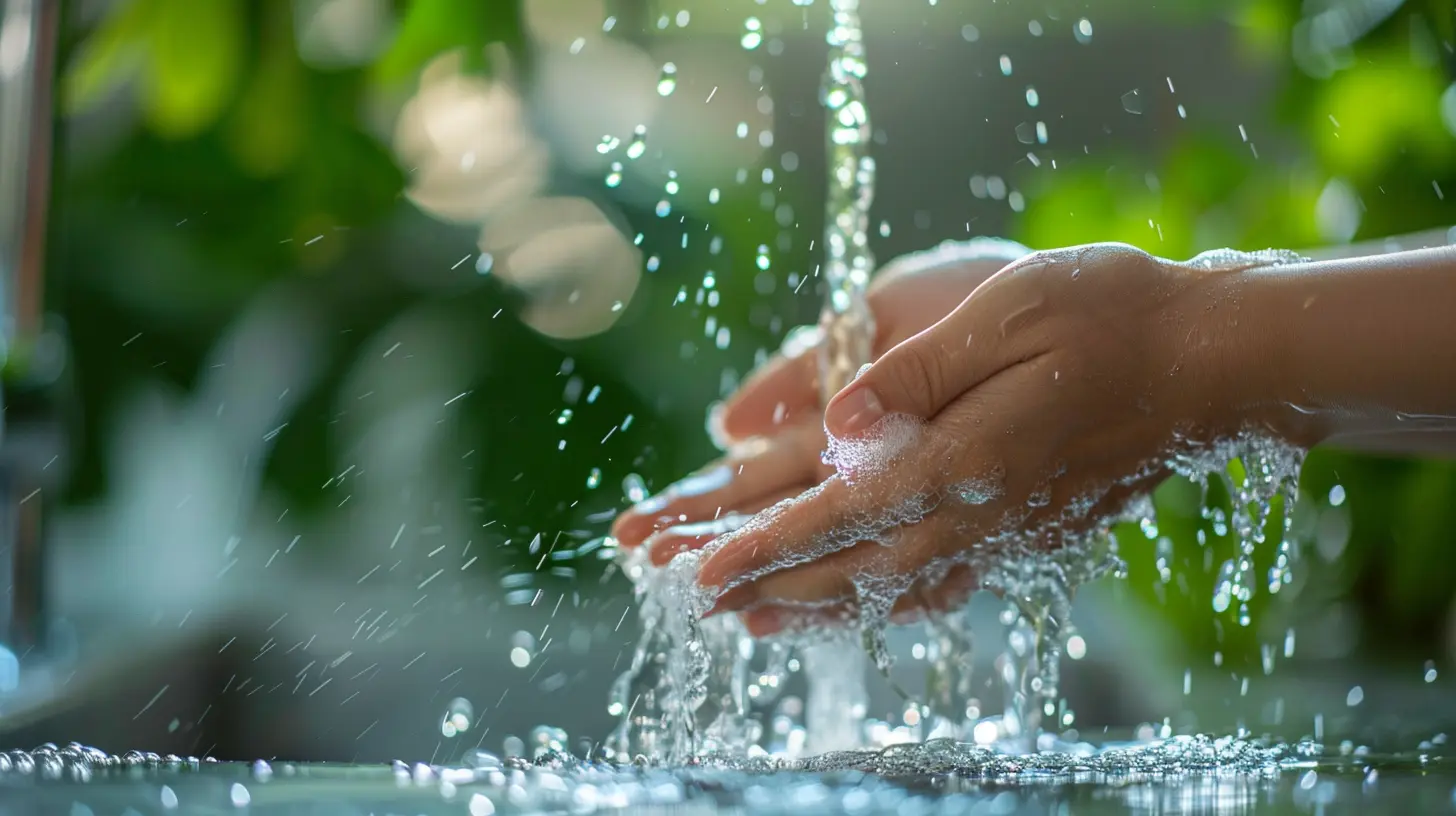Why Hand Washing Remains a Key Defense Against Cold and Flu
22 August 2025
Introduction
Picture this: a crisp autumn day, golden leaves crunch beneath your feet, the air tinged with a slight chill. Everything feels cozy, but lurking in the background? The invisible menace of cold and flu viruses, waiting for the perfect moment to strike.
It’s no secret that flu season comes knocking when temperatures drop. But what if I told you that your greatest weapon against it isn’t some fancy supplement or an overpriced sanitizer—it’s good ol’ fashioned handwashing? Yes, that simple act of scrubbing your hands could be the shield that keeps illness at bay.
But why is handwashing still considered one of the best defenses against cold and flu? Let’s break it down. 
The Invisible Battle: How Germs Spread
Have you ever thought about how often you touch your face? Studies suggest we do it up to 23 times per hour—and half the time, we're touching our mouth, nose, or eyes! That’s exactly where viruses love to sneak in.Cold and flu viruses don’t just float around waiting for an invitation. They hitch rides on everyday surfaces—doorknobs, keyboards, phones, elevator buttons. The moment you touch these spots and then rub your eyes or grab a snack, you’ve just given those germs a free pass into your body.
And here’s the kicker—those tiny, invisible troublemakers can survive on surfaces for hours to days. That means the germs someone left on the office coffee pot this morning could still be waiting for their next victim by the afternoon. 
Why Hand Washing is a Game-Changer
So, what’s the magic behind handwashing? It’s all about disrupting the chain of infection. Germs need a way to get from person to person, and your hands often act as the bridge. By washing them properly, you cut off their path and stop them before they have a chance to make you sick.But here's the catch—it’s not just about rinsing with water. You need soap, friction, and time to effectively wash those pesky germs away.
The Science Behind Soap
Soap is like a superhero with a double-edged sword. One part of its molecules cling to water, while the other part grabs onto grease and germs. When you rub your hands together, the soap molecules break up and lift away dirt, grease, and most importantly—viruses. Then, when you rinse, all those unwanted visitors get washed down the drain.This isn’t just theory. Studies prove that handwashing with soap can reduce respiratory illnesses by up to 21%. That’s a massive difference, especially during flu season! 
Hand Sanitizer vs. Handwashing: Is One Better?
You may be wondering—can’t I just use hand sanitizer and call it a day? After all, it’s quick, convenient, and doesn’t require a sink.Well, yes and no. Hand sanitizer works in a pinch, but it’s not as effective as soap and water. Here’s why:
1. Sanitizer doesn't remove dirt or grime. If your hands are visibly dirty, sanitizer won’t do much.
2. It doesn’t eliminate all germs. Some viruses, like norovirus, are tough and can survive alcohol-based sanitizers.
3. People don’t use it properly. Most folks don’t apply enough or rub it in for long enough to be effective.
So, while sanitizer is a great backup, it shouldn’t replace proper handwashing. Think of it as the sidekick, not the hero. 
The Right Way to Wash Your Hands
You might be thinking, "I’ve been washing my hands since I was a kid—how hard can it be?" But here’s the thing—most people don’t do it correctly.Let’s go step by step for maximum germ-busting power:
1. Wet your hands with clean, running water (warm or cold).
2. Apply soap—don’t skimp on it!
3. Lather up and scrub everywhere—palms, backs of hands, between fingers, even under your nails.
4. Scrub for at least 20 seconds—that’s about the length of humming “Happy Birthday” twice.
5. Rinse well under running water.
6. Dry your hands completely—germs love moisture, so don’t skip this step!
Boom! You’ve just drastically reduced your risk of catching or spreading an illness.
When Should You Wash Your Hands?
Washing your hands regularly is always a good idea, but certain moments are non-negotiable:- Before eating or preparing food
- After using the restroom
- After sneezing, coughing, or blowing your nose
- After being in public places (think grocery stores, public transport, or gyms)
- After touching commonly used objects (like doorknobs, handrails, or ATM buttons)
- Before and after caring for someone who is sick
If you get into the habit of washing your hands at these key times, you’ll significantly lower your chances of getting sick.
Kids and Handwashing: Starting Early Matters
Ever seen a toddler sneeze directly into their hands and then proceed to touch every possible surface? Yeah, kids are tiny germ factories. That’s why teaching handwashing early is crucial.Make it fun! Turn handwashing into a game—use a timer, sing a song, or get colorful soap to make it more engaging. The more kids see handwashing as a normal habit, the better their protection against illnesses.
The Bigger Picture: Community Health
Handwashing isn’t just about personal protection—it’s a public health superpower. When more people wash their hands, fewer germs spread. That means less illness in schools, workplaces, and homes.Think of it like a domino effect. If you wash your hands regularly, you’re not just protecting yourself—you’re protecting your family, your coworkers, and even strangers you pass by every day.
Conclusion
As cold and flu season creeps in, the thought of sniffles, sore throats, and feverish nights looms over us. But before you go stockpiling medicine, remember this: clean hands are your first and best line of defense.A splash of water, a little soap, and 20 seconds of your time—that's all it takes to keep illness at bay. Simple? Yes. Powerful? Absolutely.
So the next time you reach for that doorknob or grab a snack, ask yourself—have I washed my hands today? Because in this silent battle against germs, your hands might just hold the key.
all images in this post were generated using AI tools
Category:
Cold And FluAuthor:

Arthur McKeever
Discussion
rate this article
1 comments
Monique Mason
Great insights! Hand washing truly is vital for health.
August 29, 2025 at 2:17 PM

Arthur McKeever
Thank you! I'm glad you found the insights valuable. Hand washing is indeed essential for maintaining good health!


